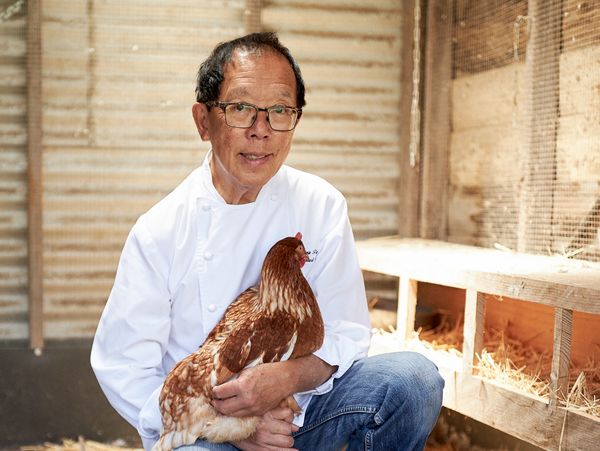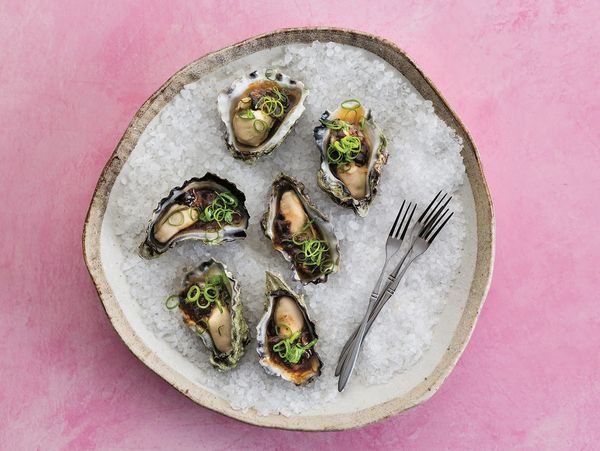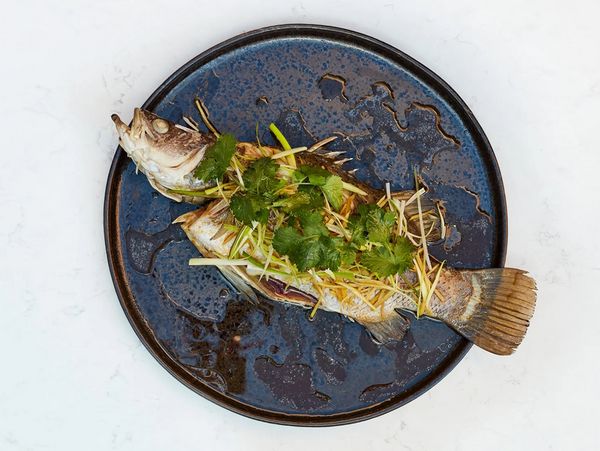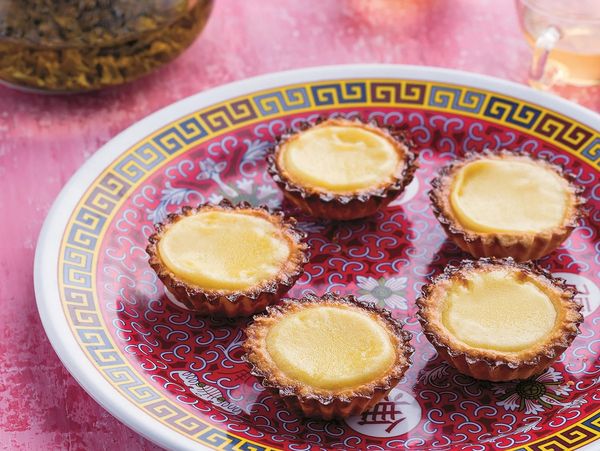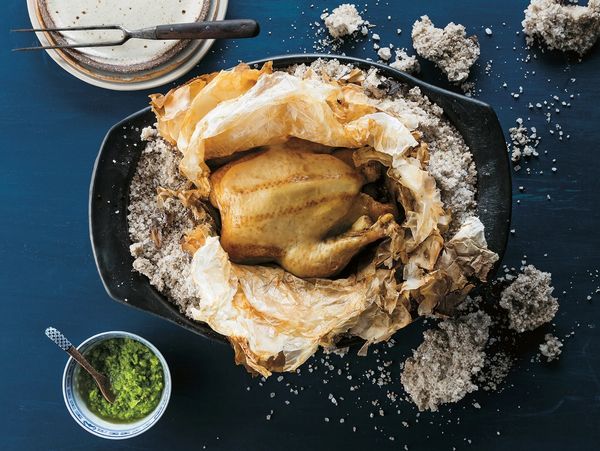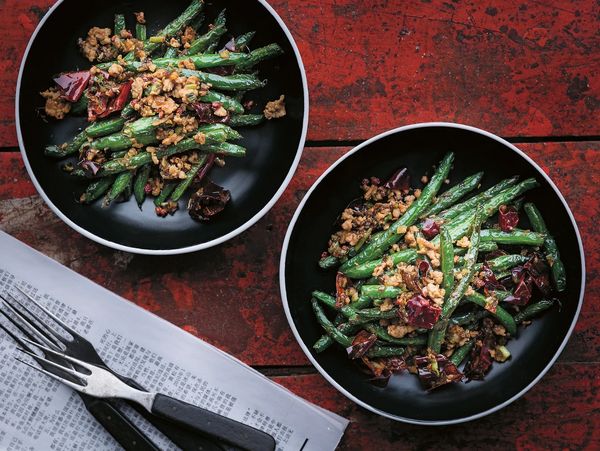
Characterised by centuries of cooking practices and traditions, Tony Tan holds the Holy Grail to the local Asian food scene. But behind his local achievements – and there are plenty – is a creative man whose love for renaissance history and extensive travel has shaped his culinary affairs both locally and abroad.

Tell us a little about your background, your experience in the industry.
I come from a family of restaurant owners in Malaysia and I came to Australia to finish university only to get caught up with the Lygon Street food scene by working as a cook in Shakahari Vegetarian Restaurant. I dropped out of uni when I ended up buying the restaurant. Then I went to study cookery in London and Paris before opening my own restaurant called Tatlers Café in Sydney’s Randwick. Serving re-imagined modern Aussie tucker with Western techniques and its soul firmly entrenched in Asia, it rapidly turned out to be a critical and commercial success. I sold it a few years later and came back to Melbourne to finish university majoring in Renaissance History and languages. After university, I taught at William Angliss College of TAFE before I decided to start my own cooking school in Toorak. Featuring the cuisines of Asia peppered with modern techniques, it garnered much praise from the Australian and international food media. I went to host global food tours and presented masterclasses at international cooking schools. After the publication of my cookbook, Hong Kong Food City, I started looking for a rural property to open a new cooking school to combine my passion for growing things and teaching.
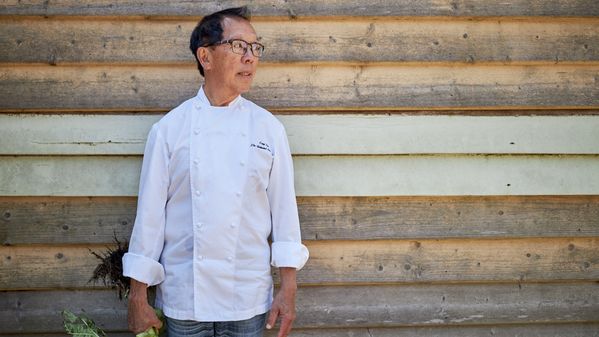
Well, it’s fair to say you’ve been deeply entrenched in the culinary scene. Can you share what inspired you to become a chef?
It’s probably due to the constant chatter about food in my family and tasting my mother’s wonderful dishes when she cooked professionally. I remember eating her perfect roast chicken and her buttery cakes. It is also from our Cantonese chef that I developed a passion for cooking because he created dishes of exquisite flavours that have remained with me all these years.

What is it about being a chef that you love most?
For me, it is all about perfection and using ingredients to create a dish that not only excites but it is also perfect in every sense of the word. Being a chef is never dull because the food world is always changing. With change, it stimulates and challenges and while it is hard work, I wouldn’t trade this for the world.
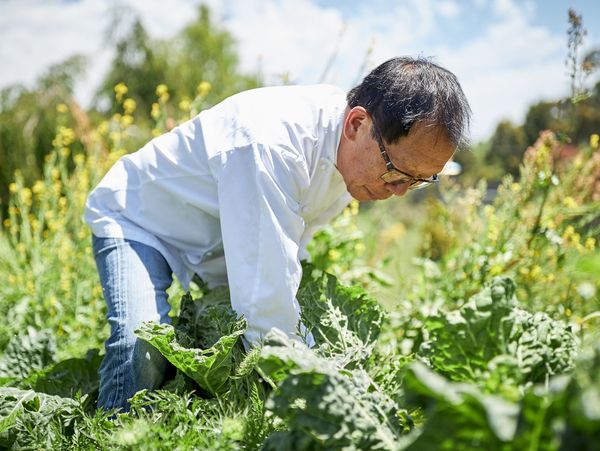
“If I wasn’t a chef, I would love to be an academic because I love the rigor of discipline and the quest for knowledge. I think I am a frustrated scholar!”

What are we likely to find you eating at home?
Usually it is something extremely simple like pasta or noodles with lots of greens.

And what about your favourite cuisine to cook?
Well, I do have a soft spot for Malaysian because it’s based on the foods of the Malays, Chinese and Indians who have settled in the country for centuries. With three strong culinary traditions to choose from, there are endless opportunities to not only cook and enjoy the food but also to create new dishes that always stimulate the palate.

What food item are you secretly obsessed with having at home?
It’s XO sauce. A Chinese condiment originally from Hong Kong, it is made with chillies, ginger, garlic, dried scallops and either jamon or prosciutto and dried shrimp. It is wonderfully versatile and a dollop of it enhances the flavour of steamed seafood. When it’s sprinkled over rice or pasta, it lends an extra kick, adding another dimension to the dish
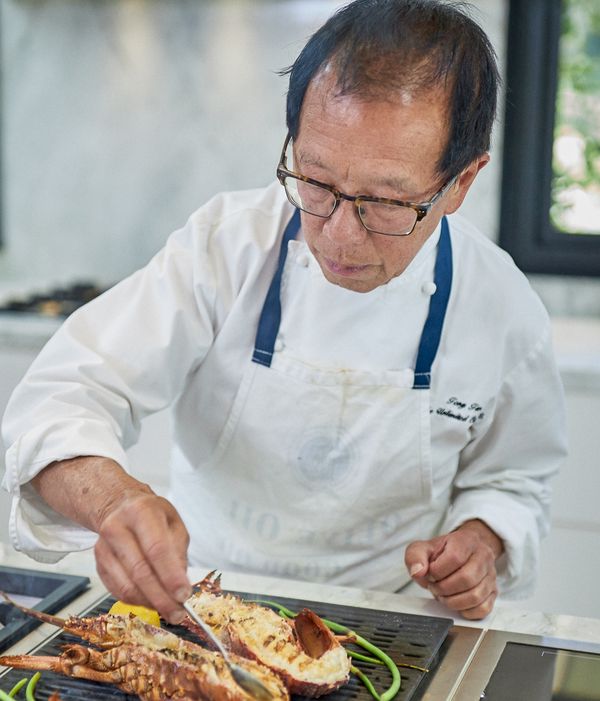
We all have someone we want to cook for…Who is yours and why?
Melissa Leong, in a heartbeat! Intelligent, erudite and currently television host and judge of MasterChef Australia, Melissa’s incredible food knowledge and voracious appetite are well documented. But what most people don’t know is her passion to get down to the nitty-gritty to learn and experience the food world few food writers and cooks would even consider. She lived on a sheep farm for a couple of years in Tasmania to appreciate farming practises. Witty and warm, she can talk food on a practical and intellectual level so I know cooking for her will be a joy and a celebration.

Being a chef is very demanding. How do you imagine flavour combinations and challenge yourself creatively?
I think it pays to understand flavour combination principles and then breaking them down. Take the blini, crème fraiche and smoked salmon classic, for instance. I use my excess sourdough starter and turn it into a blini and serve it with homemade XO sauce. It is also about understanding textures and how they work on the palate. These assets always help me with my creative thinking processes.


Are you noticing any particular trends with wine and food pairings?
Wine and food pairings are offered in high-end restaurants. But as diners are increasingly more educated about food provenance, the general trend is leaning towards more ethical wine making processes. So natural wines or wines made with minimal intervention, picked from organic grapes with little or no sulphur are more popular than ever. Diners, especially younger ones, are drinking less but they are willing to pay for quality wines they enjoy that may not necessarily match the food they eat. In other words, they have shaken off the shackles of what they should like and instead focus on what they do like.
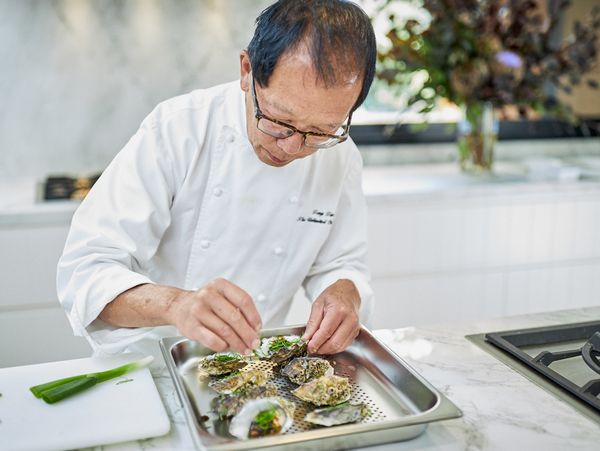
Gaggenau and I share the same philosophy: precision and organisation infused with the same artistic flair for creativity.

What is going to be the next big thing in the food world?
Two words – sustainability and provenance. As we are becoming more aware of climate change and the impact it will have on the environment, the ‘paddock to plate’ ethos will continue to expand. Consequently, there is a growing tide of chefs who are growing their own produce for the dining public.

You have one last meal…what do you eat?
One lasting memory of my mother is gathering up the tea towels to remove the baking tray of roast chickens from the oven. Flavoured with soy sauce, mustard and Worcestershire sauce, her roast chooks speak of love and flavour. For dessert, her heavenly rice pudding studded with sultanas and orange peel before I shuffle off from this mortal world.

Can you tell us about your cooking school, what have you called it and where can we find you?
My cooking school is called Tony Tan Cooking School which is located in Trentham.
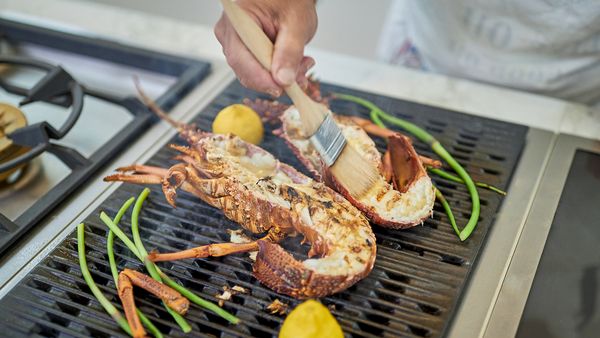

You combined your cooking school with where you live; can you give us some insight into what motivated you to do this?
My travels to Europe include staying at beautiful family owned inns called auberge in France. Many of the auberge owners live in-house and they tend to be warm and welcoming. My cooking school will be just like these inns – welcoming and serving delicious memorable food.

What can we expect to see when we attend one of your classes?
Classes are small with 8 participants and mostly hands-on, but not always. Classes will run for 5 hours and they will include a delectable lunch with wines mixed with passion, joy, spontaneity and lovely memories.

